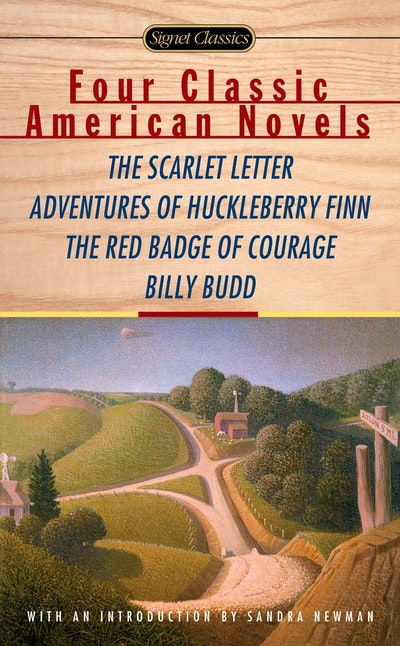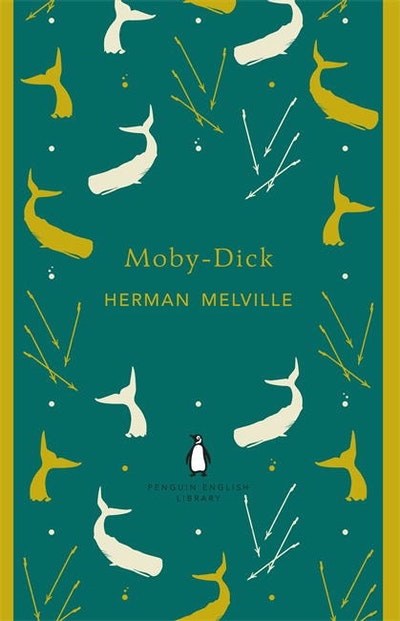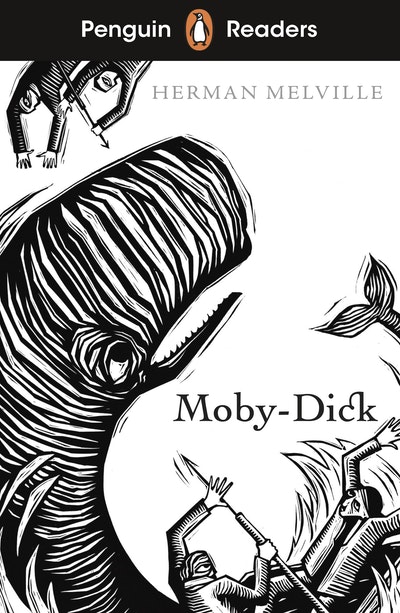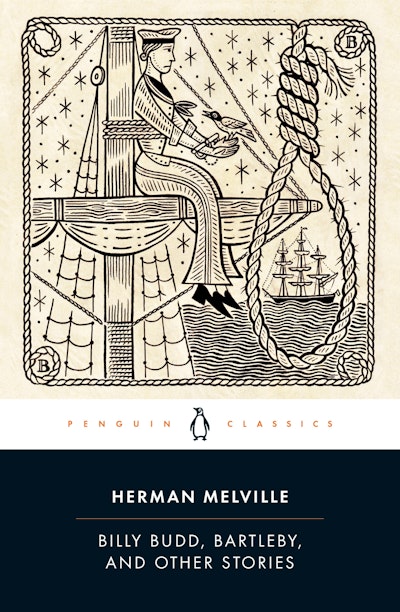[]
- Published: 15 January 2017
- ISBN: 9780451530554
- Imprint: Signet
- Format: Paperback
- Pages: 752
- RRP: $17.99
Four Classic American Novels
The Scarlet Letter, Adventures of Huckleberry Finn, The RedBadge Of Courage, Billy Budd
Formats & editions
Buy from…
- Published: 15 January 2017
- ISBN: 9780451530554
- Imprint: Signet
- Format: Paperback
- Pages: 752
- RRP: $17.99










